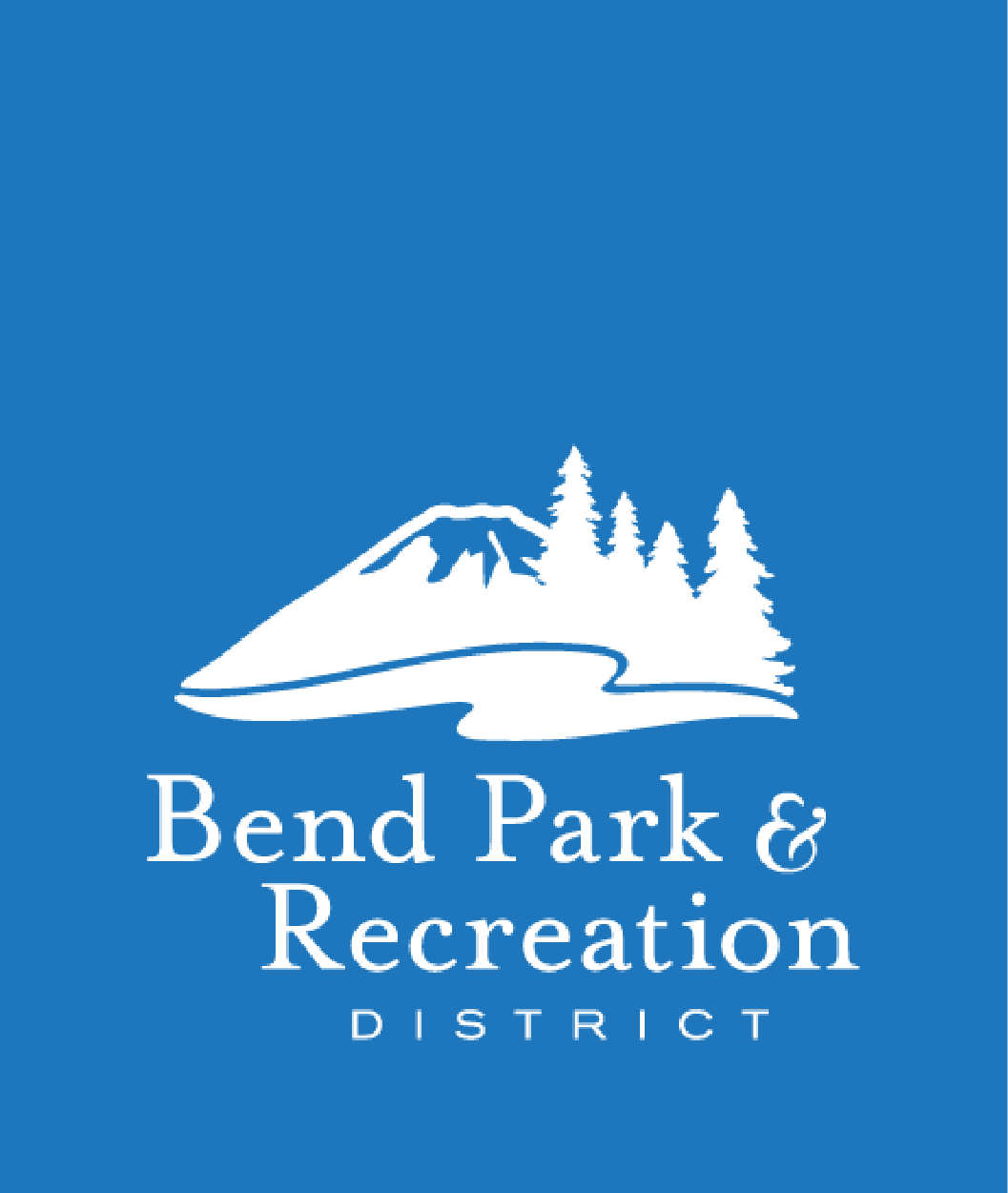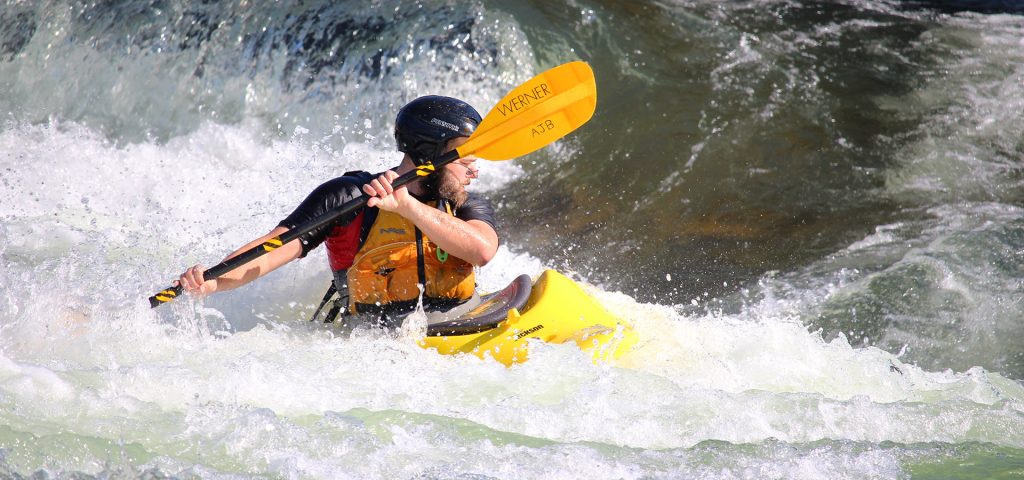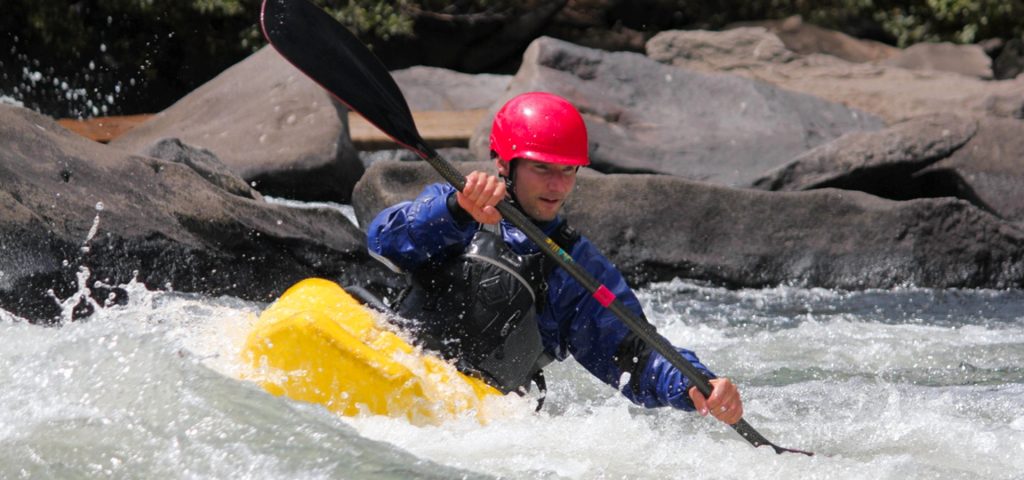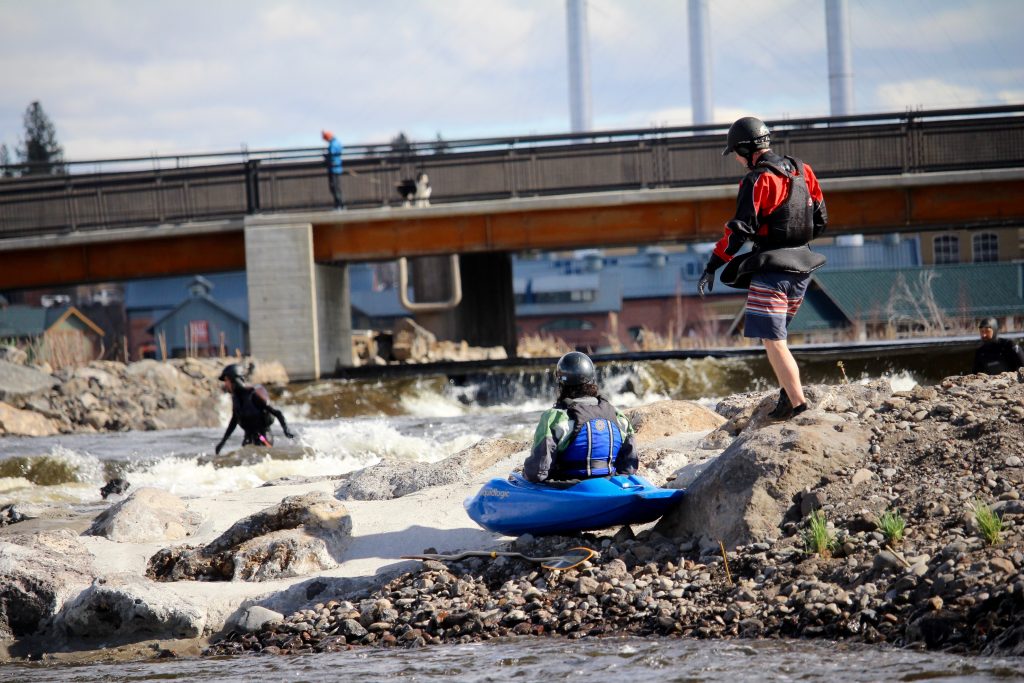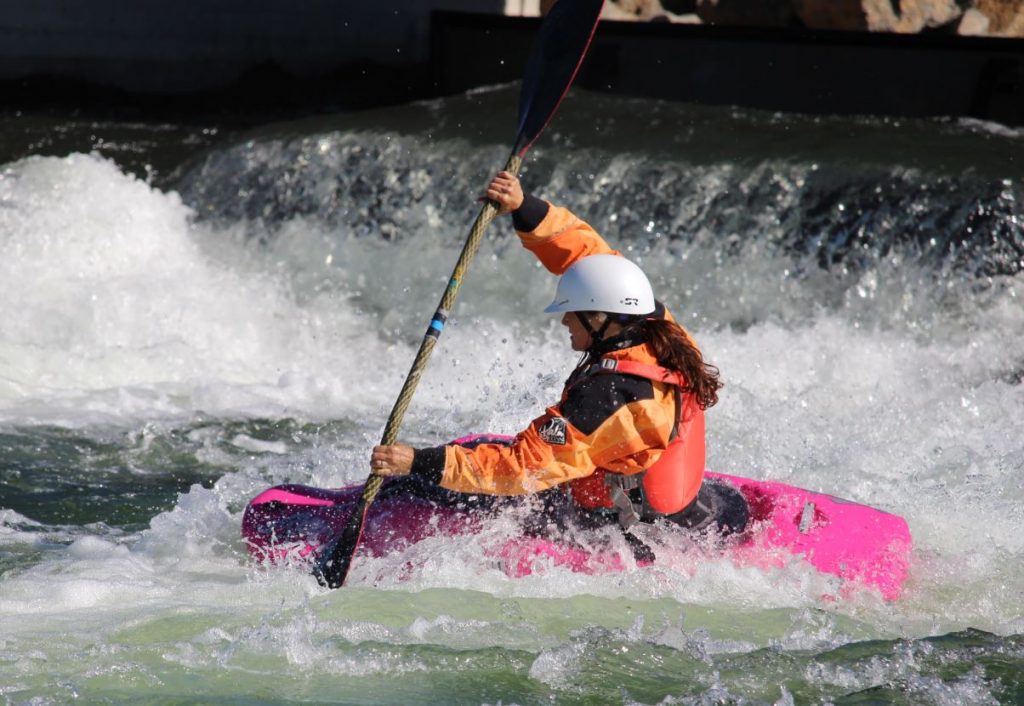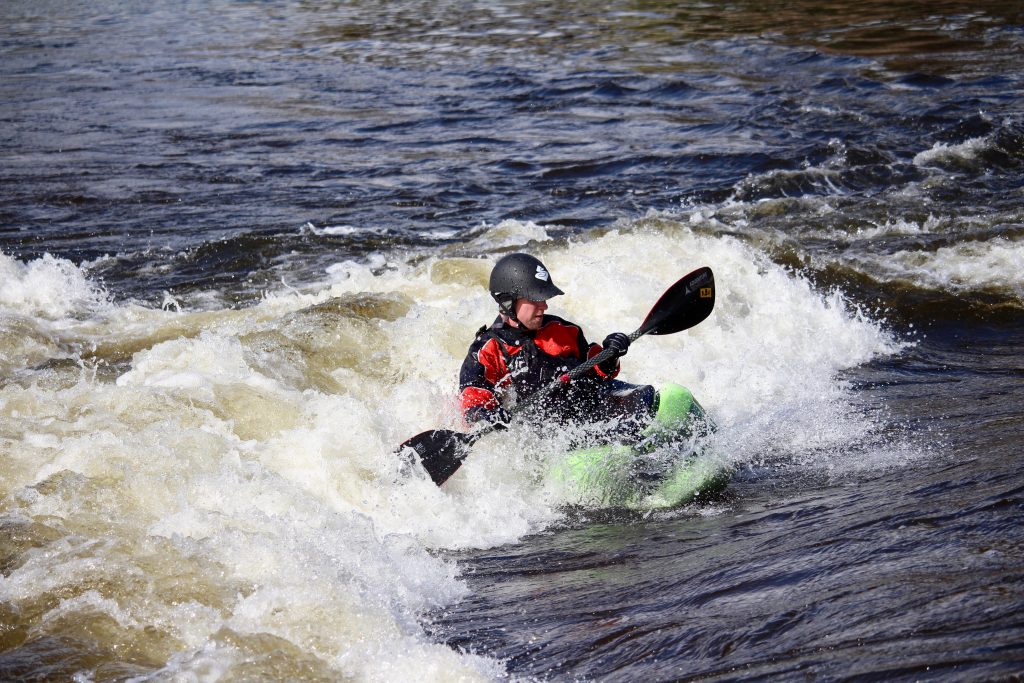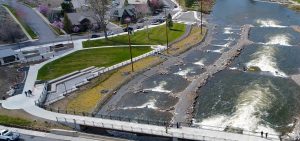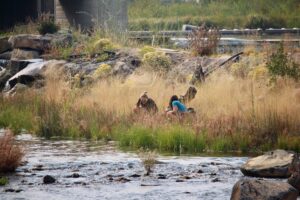The center channel of the Bend Whitewater Park has four wave features for emerging to expert whitewater enthusiasts. (See details in the tab below)
The features are created by 26, underwater pneumatic bladders, natural and man-made riverbed conditions and dynamic river flows.
Bend Whitewater Park is a feat of innovation and engineering with complexities and seasonal variables keeping the river recreation operators – or wave shapers – busy year-round. Less than 1/10th of a degree in gate movement can mean the difference between good and world-class.
No other whitewater park compares to the versatility, complexity and overall functionality of the Bend Whitewater Park.
The operational controls begin with 26 air bladders, or ‘gates’ that have been permanently affixed to the river bed to regulate critical habitat, and to shape whitewater waves for recreation. These gates can be manipulated in real-time from anywhere in the world by touchscreen controls.
